Convergence insufficiency intermittent exotropia (CIX(T)) is a rare form of intermittent exotropia characterized by an exodeviation greater at near fixation than at distance by 10 prism dioptersExotropia is a form of strabismus where the eyes are deviated outward It is the opposite of esotropia and usually involves more severe axis deviation than exophoriaPeople with exotropia often experience crossed diplopiaIntermittent exotropia is a fairly common condition "Sensory exotropia" occurs in the presence of poor vision in one eyeExotropia is a form of strabismus (eye misalignment) in which one or both of the eyes turn outward It is the opposite of crossed eyes, or esotropia Exotropia may occur from time to time (intermittent exotropia) or may be constant, and is found in every age

Exotropia Pediatric Ophthalmic Consultants
Exotropia surgery procedure
Exotropia surgery procedure-Background Intermittent exotropia (IXT) is the most common form of childhood exotropia 1, 2 with an incidence of 321 per 100,000 in children under 19 years of age 1 The strabismus is characterized by an exodeviation of one eye that is interspersed with periods of ocular alignment 3 Reliable measurement of the deviation is often hindered by the variable nature of the strabismus,Exotropia surgery Some cases of exotropia will require surgery to realign the eye muscles For children with congenital exotropia, surgery is usually recommended early in life to maximize vision benefits and reduce the risk of complications




Exotropia Pediatric Ophthalmic Consultants
Exotropia worse immediately after surgery Had my surgery at around 1pm today (9/16) My doctor performed surgery on just my right eye to address the intermittent exotropia I was discharged at around 3pm As soon as I looked at myself in the mirror I knew my eye was drifting outwards even more so than beforeIntermittent exotropia (X(T)) is one of the most common form of strabismus with surgery being the mainstay of treatment The main goal of surgery is to preserve binocular vision and stereopsis and to prevent its further loss The decision to operate is mainly based on four aspects increasing angle of exodeviation, deteriorating Exotropia is a condition in which the eyes drift outward and away from each other during times of equal visual stimulation It tends to occur regularly Exotropia is
Exotropia is a common condition It comprises 25% of all ocular misalignment cases in young childrenWhile it could happen periodically (eg, intermittent exotropia), it could also be constant However, it is more typical to find exotropia developed while a child is 1 to 4 years old Goal of Surgery The goal of strabismus surgery for intermittent exotropia is to restore alignment and to preserve or restore binocular function It is believed that longterm success requires deliberate shortterm overcorrection, since eyes tend to drift out over time Thus, many advocate targeting an initial overcorrection ranging from 4 toChapter 14 What to Expect After Strabismus (Eye Muscle) Surgery A Patient & Parent Guide to Strabismus Surgery George R Beauchamp, MD This and the following (15 & 16) chapters are written by time sequence, and describe events, what to expect after strabismus (eye muscle) surgery;
Asymmetrical surgery was defined as recessresect muscle surgery in the same eye or 3 muscle surgery (recessresect in one eye and one muscle recession in the other eye) Threemuscle surgery was done if the angle of deviation was more than 11 Beware of Sensory Exotropia This patient has more than just a white cataract and you will need to step back from the slitlamp microscope to fully appreciate it This white cataract has been severely limiting the vision of this patient's left eye for about 2 yearsWhat is intermittent exotropia?




Consecutive Exotropia A Case Report And Review Of Literature



Exotropia
Purpose To determine whether the inferior oblique (IO) muscle weakening procedure combined with exotropia surgery affects the surgical correction of exotropia Design Institutional, retrospective study Methods We retrospectively reviewed the medical records of 310 patients who had undergone exotropiacorrecting surgery combined with IO weakening (groupIntermittent Exotropia (outward eye turn) can develop at any age When the eye is turned, it can be a cosmetic concern Further, it can result in double vision, words moving on a page and lost of depth perception Depth perception is the ability to judge the distance of an object, and to see inNew Research Sheds Light on Intermittent Exotropia Surgical correction of intermittent exotropia is a breadandbutter procedure for many pediatric ophthalmologists But a recent study in the British Journal of Ophthalmology ( BJO) 1 and an accompanying editorial 2 call into question the notion that intermittent exotropia is straightforward or




Strabismus Surgery In Iran Best Surgeons Hospitals




Principles Of Strabismus Surgery For Common Horizontal And Vertical Strabismus Types Intechopen
Intermittent exotropia (X(T)) is one of the most common form of strabismus with surgery being the mainstay of treatment The main goal of surgery is to preserve binocular vision and stereopsis and to prevent its further loss The decision to operate is mainly based on four aspects increasing angle of exodeviation, deteriorating control of X(T), decrease in stereopsisIntermittent exotropia is a very common type of eye misalignment One or both eyes turn out toward the ear occasionally Only one eye turns out at a time while the other eye points straight forward Cause of intermittent exotropia The cause of this condition is not known Most experts believe that the brain of affected patients has trouble controlling theBut it should not be read that wayIn other words, understanding these matters prior to




Strabismus Surgery Lazy Eye 1 Month Post Op Youtube




Exotropia Pediatric Ophthalmic Consultants
Surgery for Intermittent Exotropia? Intermittent exotropia is the most common form of strabismus, characterized by an intermittent outward deviation of the eyes, affecting as much as 1% of the population 1,2 This condition most often presents in childhood and affects females more than males Control of the intermittent deviation can vary throughout the day 3,4 We compare the surgical outcomes of intermittent exotropia of the basic, pseudodivergence excess (pseudoDE) and true divergence excess (true DE) types A study was performed with 342 patients who had undergone surgery for intermittent exotropia of the basic, pseudoDE or true DE type with a postoperative followup period of 6 months or more The main




Strabismus Non Surgical Treatment Ento Key



Untitled Document
Secondary surgery was required in 36% of patients, and a third procedure needed in 12% Surgery for esotropia was needed in 24%, exotropia in 10%, and inferior oblique surgery either alone or in combination with horizontal surgery in 30%Exotropia is a type of strabismus (misaligned eyes) in which one or both of the eyes turn outward The condition can begin as early as the first few months of life or any time during childhood Exotropia often begins as an intermittent problem, noticed only when the child is tired, sick, just waking up, excited, or stressedEsotropia and exotropia are types of strabismus, which is a condition in which the eyes are not properly aligned Esotropia means that one eye is deviated inward and is often called crossed eyes Exotropia is when one or both eyes look outward, often called walleyed Although newborns' eyes may wander or cross sometimes, the eyes usually



1




The Angles Of Exotropia Of The Injured Eyes Preoperatively And Download Scientific Diagram
OPTOMETRIC CLINICAL PRACTICE GUIDELINE CARE OF THE PATIENT WITH STRABISMUS ESOTROPIA AND EXOTROPIA Reference Guide for Clinicians Prepared by the American Optometric Association Consensus Panel INTRODUCTION Intermittent exotropia (IXT) is a common form of childhood exotropia, which accounts for ∼50%90% of all exotropia cases and affects ∼1% of the general population –It is characterized by the intermittent outward deviation of either eye that, if untreated, can gradually become constant in about onethird of the casesThe age of onset for IXT The impact of intermittent exotropia and surgery for intermittent exotropia on myopic progression among early schoolaged children with myopia Shin KH, Hyun SH, Kim IN, Paik HJ Br J Ophthalmol 14 Sep;98(9)




What To Expect When You Re Having Strabismus Surgery




Postoperative Infection Following Strabismus Surgery Case Series And Increased Incidence In A Single Referral Center Journal Of American Association For Pediatric Ophthalmology And Strabismus Jaapos
Strabismus Surgery Treatment Pre and Postsurgical In some cases of Strabismus (such as congenital esotropia), surgery is part of the treatment plan or the patient has already had one or more strabismus surgeries Our practice provides expert pre and post surgical consultation, primary eye care, and therapyPurpose To evaluate the surgical outcome of exotropic Duane syndrome and the factors that can influence the outcomeMethods A retrospective study was performed on patients who had surgery for exotropic Duane syndrome with a minimum followup of 3 monthsThe ocular motility, the angles of deviation, the presence of abnormal head turn or overshoots, the surgical proceduresThis was a retrospective study including 57 cases of intermittent exotropia All patients underwent a complete ophthalmological examination with a sensorymotor assessment Surgery was performed by the same surgeon, and the vertical component was addressed surgically at the same time as the exotropia



Nystagmus




Strabismus Surgery Roque Eye Clinic Eye Com Ph
If the eye is turned out all the time, it is called exotropia Children with intermittent exotropia have a strong tendency to let the eye turn out, but it does not turn out all the time When the child does control the eye alignment, the eyes are straight and function normally together Exotropia occurs in about 1 out of 100 childrenThe case records of 44 adults (ages 1570) who underwent surgery for intermittent exotropia were analyzed These patients experienced a variety of preoperative symptoms including diplopia, headache, difficulty with reading, and ocular fatigue or pain Cosmesis was a rare presenting complaint The authors recommend that surgery in adults be Strabismus surgery is a surgical procedure that helps to tighten or loosen the eye muscles in order to change the alignment of the patient's eyes in relation to each other The surgery is also known as eye muscle surgery, extraocular muscle surgery, or eye alignment surgery The procedure involves a surgery on eye muscles called extraocular



Do You Know About The Strabismus Here S What To Do




How To Fix Exotropia 9 Steps With Pictures Wikihow
Exotropia Extraocular muscle surgery Treatment with eyeglasses is generally preferred over surgery because of the risk of consecutive esotropia and diplopia after surgery When the deviation is intermittent, many ophthalmologists defer surgery in young children with fusion to avoid complications associated with postoperative esotropia The factors reported to affect the surgical results after intermittent exotropia surgery vary widely, including age at the time of surgery, preoperative angle of deviation, refractive errors, type Vision loss Untreated exotropia can give rise to blurred vision and further increase the risk of permanent loss of vision Constant Exotropia Untreated intermittent Exotropia can change into permanent Exotropia which finally results in vision loss Other complications There is possibility of complications after surgery as well Sometimes, Exotropia is not completely




Exotropia Strabismus Surgery Vision Therapy Ocular




Exotropia Pediatric Ophthalmic Consultants
Untreated exotropia can lead to permanent vision loss in the form of amblyopia or damage to the eye muscles Intermittent exotropia may progress to constant exotropia If surgery is performed, possible complications can include bleeding, surgical wound infections, swelling of the eyelid, and repeat surgeries for recurring exotropia Exotropia is a type of strabismus, which is a misalignment of the eyes Exotropia is a condition in which one or both eyes turn outward away from the noseTreatment for exotropia depends on how often you have symptoms and on how severe they are Prism in your glasses may be prescribed to help with double vision Eye muscle surgery is also an option, especially if your exotropia is Kellogg Eye Center Exotropia 2!!




Exotropia Before After Sum0013 Stock Eye Images
.jpg)



Strabismus Surgery Orange County Surgeons
Constant or is causing double vision If your exotropia has been present since Intermittent exotropia should be treated immediately, as any misalignment indicates that the eyebrain connection is not working effectively The most successful treatment for strabismus is vision therapy, usually with other means such Purpose To determine the effect of age on the reoperation rate in children undergoing exotropia surgery Methods This was a populationbased retrospective cohort study using claims data that included children ≤ 12 years who had undergone exotropia surgery as the first strabismus operation and had ≥ 3 years of continuous enrolment were selected from the




Exotropia Pediatric Ophthalmic Consultants




Strabismus Surgery American Association For Pediatric Ophthalmology And Strabismus




Figure 2 From Outcome Of Horizontal Strabismus Surgery And Parents Satisfaction Semantic Scholar
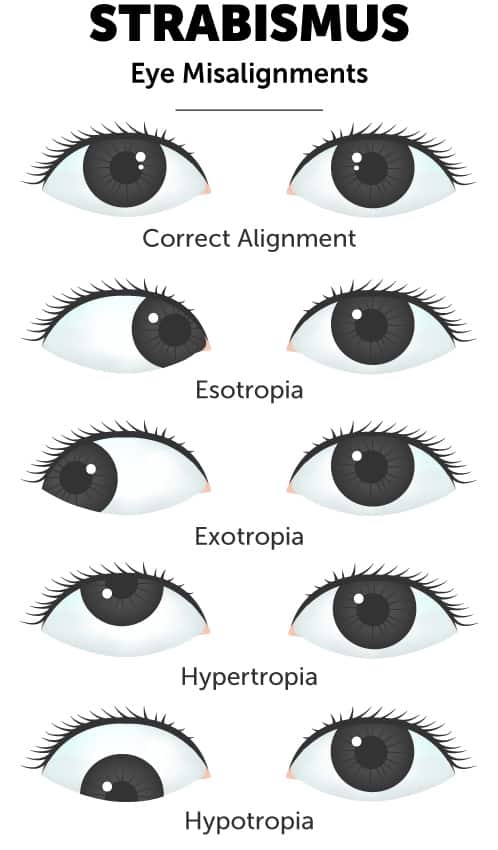



Strabismus Treatment Surgery Wolfe Eye Clinic




Restrictive Problems Related To Strabismus Surgery Sciencedirect
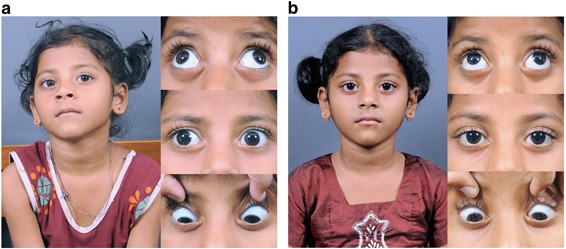



Pattern Strabismus And Torsion Needs Special Surgical Attention Eye
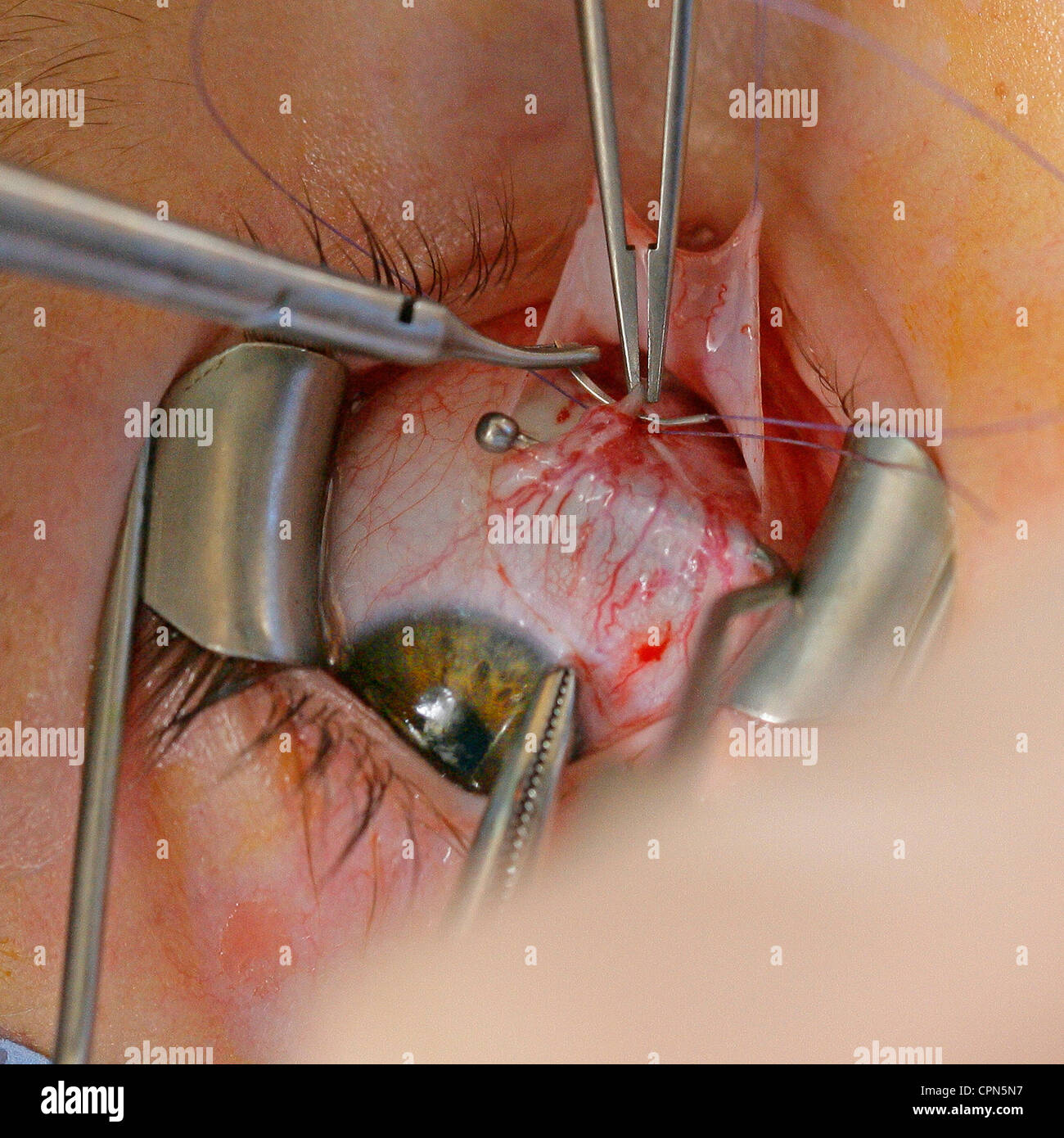



Strabismus Surgery Stock Photo Alamy




Esotropia Strabismus Surgery Update 6 Months Post Op Strabismus Surgery Before And After Youtube



Strabismus Squint Blackrock Eye Care




Consecutive Exotropia A Case Report And Review Of Literature




All You Need To Know About Strabismus Surgery Basir Eye Center
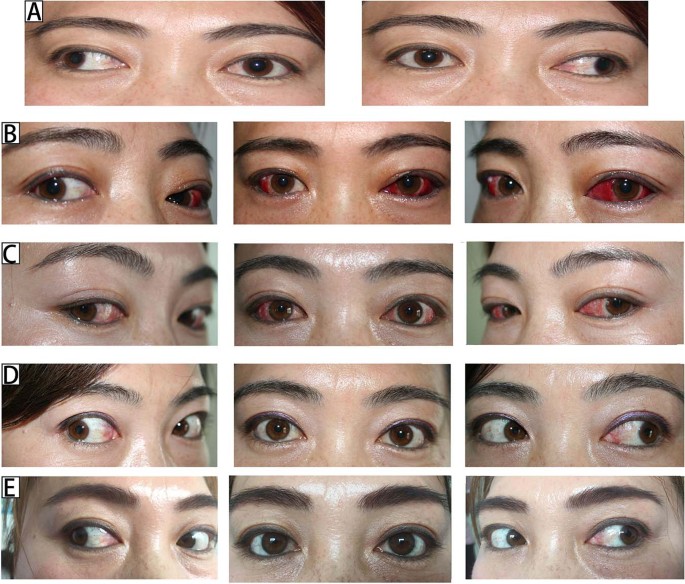



Long Term Outcomes Of Three Muscles Surgery For Very Large Angle Constant Exotropia 5 Years Of Follow Up Eye




Simulated Surgery Strabismus Surgery Resection Techniques Youtube




Adjustable Suture Strabismus Surgery Ento Key



Exotropia Eye Specialist And Treatments In Gurgaon




Complications Of Strabismus Surgery Springerlink




Strabismus Surgery American Association For Pediatric Ophthalmology And Strabismus
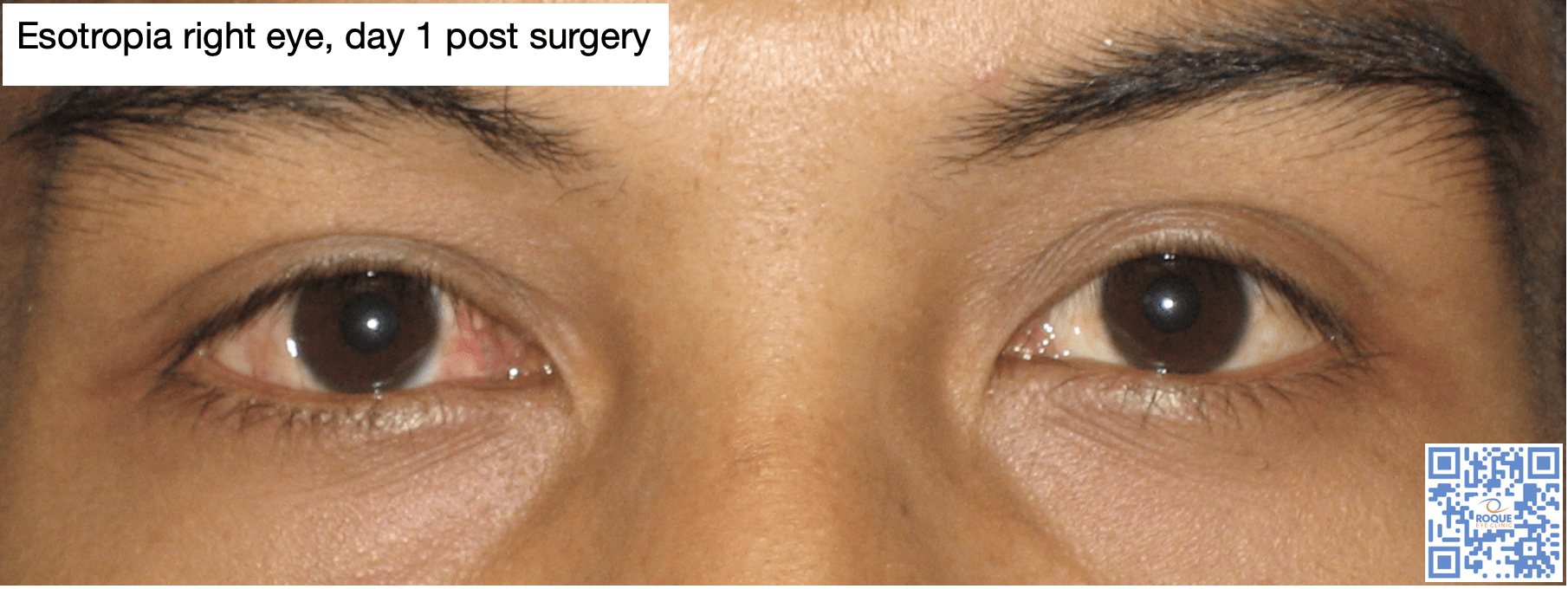



Strabismus Surgery Roque Eye Clinic Eye Com Ph




Pdf Ocular Complications Of Strabismus Surgery Semantic Scholar




Esotropia Crossed Eyes Lazy Eye Or Squint Pediatric Ophthalmology Pa



Minimally Invasive Strabismus Surgery A Less Is More Approach American Academy Of Ophthalmology




Intermittent Exotropia Roque Eye Clinic Eye Com Ph




Identification And Correction Of Restrictive Strabismus After Pterygium Excision Surgery American Journal Of Ophthalmology




8 Intermittent Exotropia Ideas Strabismus Surgery Vision Therapy Eye Surgery



Had My Bilateral Strabismus Surgery On Sept 4th And Things Are Looking Good Strabismus




Reoperation Of The Extraocular Muscles Ento Key
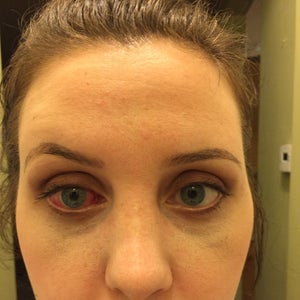



Strabismus Surgery Reviews Was It Worth It Realself




The Patient With 25 Prism Diopter Exotropia This Is When The Surgery Download Scientific Diagram




Surgery For Horizontal Strabismus A Conjuctival Incision And Tenon S Download Scientific Diagram




Strabismus Surgery In Adults What Is This Treatment About Imo




Strabismus Surgery For Misaligned Eyes Crossed Eyes Or Wall Eyes



Strabismus Ananthaksha Super Speciality Eye Hospital
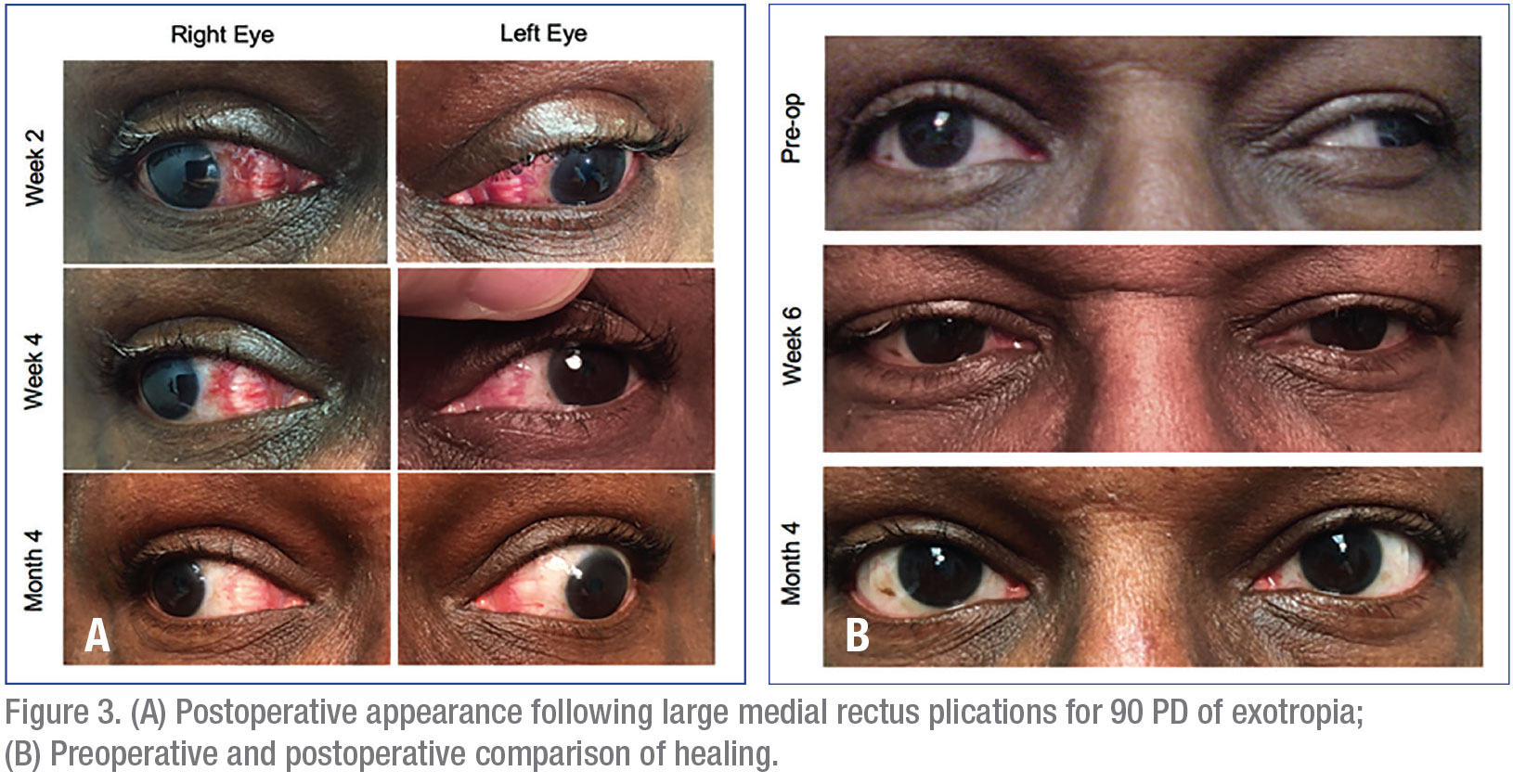



Plication As A Muscle Strengthening Procedure Surgery




Adult Strabismus Surgery Mivision
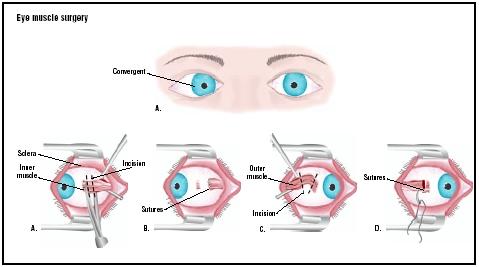



Eye Muscle Surgery Procedure Recovery Blood Pain Complications Adults Time Infection



Surgery For Adult Strabismus American Academy Of Ophthalmology




Strabismus Surgery Outcomes Of The 3 As Cases With Exotropia Three As Download Scientific Diagram




Medial Rectus Plication Versus Resection In Adults With Exotropia Gaballah Ka J Egypt Ophthalmol Soc




A Chronicle Of Surgical Thinking And Doing For Exotropia Innovations And Rediscoveries Journal Of American Association For Pediatric Ophthalmology And Strabismus Jaapos




Non Surgical Correction Of Exotropia Dr Claudia Lee Optometrist




Adjustable Strabismus Surgery Versus Conventional Surgery In Esotropia Gaballah K J Egypt Ophthalmol Soc




Orbital Cellulitis After Strabismus Surgery Journal Of American Association For Pediatric Ophthalmology And Strabismus Jaapos




Squint Surgery Strasbismus Surgery Treatment At Midland Eye




Outcomes Of Undercorrection In Surgical Management And Binocular Visio Opth



Early Surgery For Intermittent Exotropia Tracks With Better Outcomes American Academy Of Ophthalmology




Principles Of Strabismus Surgery For Common Horizontal And Vertical Strabismus Types Intechopen




Strabismus Surgery Hypertropia Eye Muscle Recession Stock Vector Illustration Of Muscle Disorder




Surgical Dosage For Intermittent Exotropia As Per Authors Experience Download Scientific Diagram




Eye Muscle Surgery For Strabismus




Case 2 One Month After Periosteal Fixation Surgery Of The Left Eye Download Scientific Diagram




Outcomes Of Undercorrection In Surgical Management And Binocular Visio Opth




Surgical Planning For Duane Retraction Syndrome




Exotropia American Association For Pediatric Ophthalmology And Strabismus




Medial Rectus Plication Versus Resection In Adults With Exotropia Gaballah Ka J Egypt Ophthalmol Soc




A Video On Youtube Showing An Operation For Exotropia Eye Pointing Outwards Strabismus Surgery Recess Optometry




Step Of Strabismus Surgery Crossed Eye Before And After Vector Illustration Royalty Free Cliparts Vectors And Stock Illustration Image




Exotropia Pediatric Ophthalmic Consultants
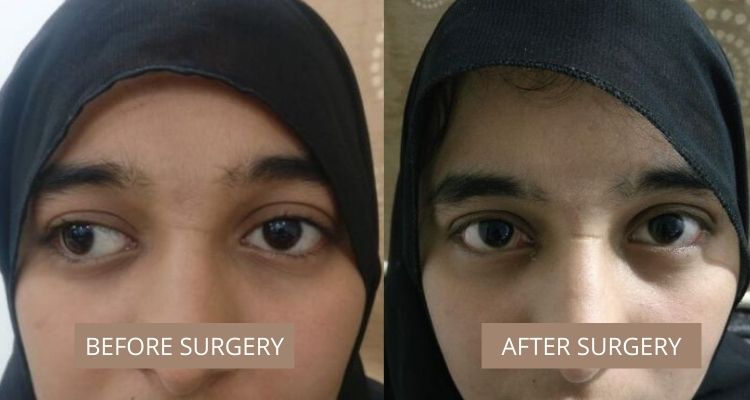



Exotropia Best Squint Treatment In Mumbai Eye Solutions
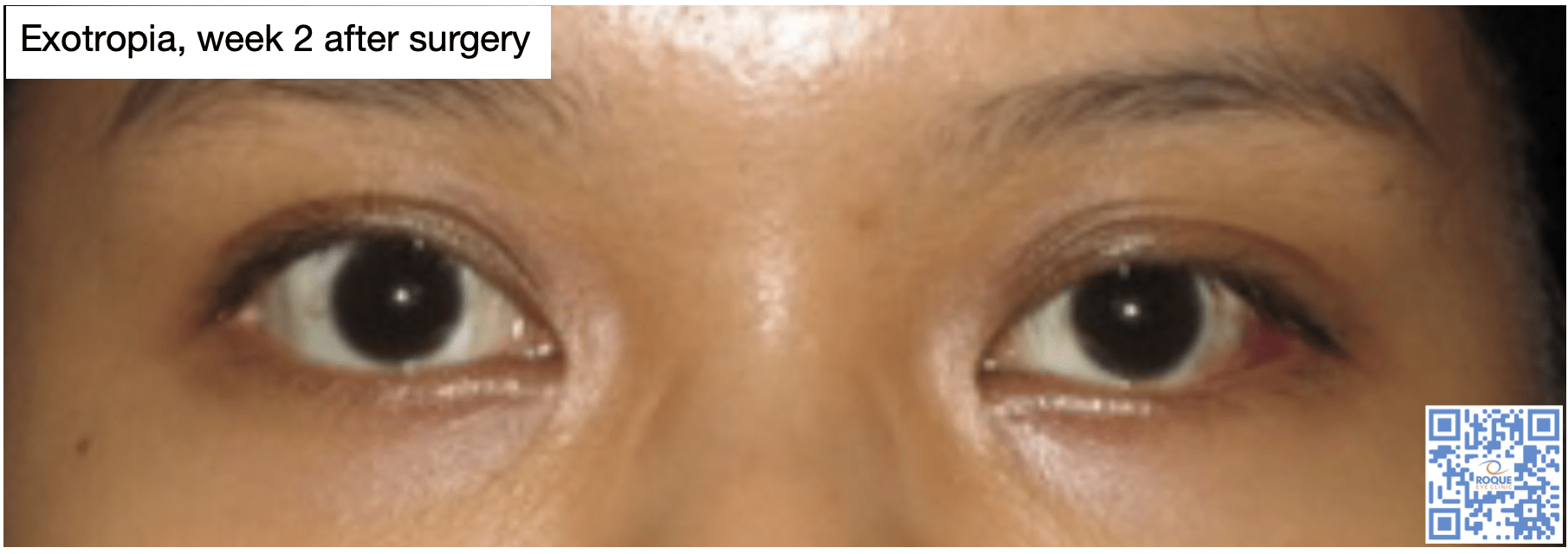



Strabismus Surgery Roque Eye Clinic Eye Com Ph




Cyclic Esotropia With Development Of A High Accommodative Convergence To Accommodation Ratio After Surgery For Intermittent Exotropia Semantic Scholar



Squint Surgery Axis Eye Clinic




Surgical Planning For Duane Retraction Syndrome




The Efficacy Of Strabismus Surgery In Adults A Review For Primary Care Physicians Postgraduate Medical Journal




Eye Muscle Surgery For Exotropia By Dr Ihab Massad Recession Fornix Approach Youtube




Strabismus Eye Surgery And All About It Healing Consulting Turkey
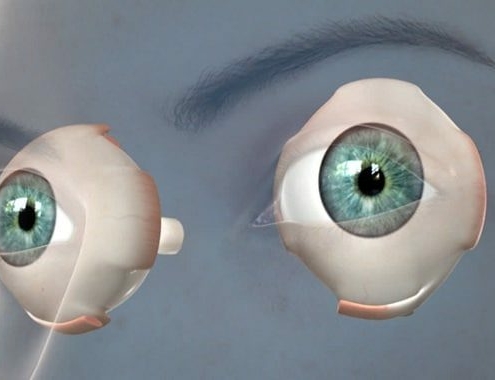



Lazy Eye Or Strabismus Surgery Cost In 21 The Pricer



3



I Had Strabismus Surgery My Left Eye Muscle Was Tightened To Restore Alignment Of Eyes Surgery



Surgical Outcome Of Unilateral Lateral Rectus Recession And Medial Rectus Resection In Large Angle Exotropia Document Gale Onefile Health And Medicine




Exotropia Pediatric Ophthalmic Consultants




Strabismus Surgery Home Facebook




What To Expect With Strabismus Surgery Suture Adjustments Yes It S The Worst Youtube




Medivisuals Strabismus Surgery Medical Illustration



Squint Surgery Axis Eye Clinic




Cyclic Esotropia With Development Of A High Accommodative Convergence To Accommodation Ratio After Surgery For Intermittent Exotropia Semantic Scholar
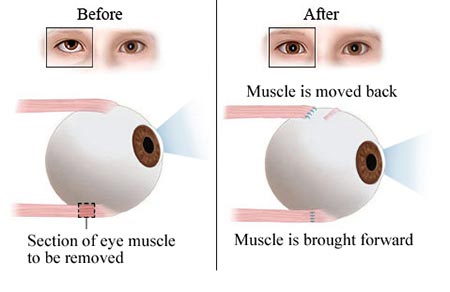



Strabismus Surgery Treatment Top Rated Doctor Nyc Ophthalmologist




Exotropia Pediatric Ophthalmic Consultants



Atlas Of Ophthalmology Constant Exotropia By Professor Chua Chung Nen




A Pre Surgical Examination Left Eye Le Hypertropia And Exotropia In Download Scientific Diagram



Untitled Document



Do You Know About The Strabismus Here S What To Do




Medial Rectus Plication Versus Resection In Adults With Exotropia Gaballah Ka J Egypt Ophthalmol Soc




Three Muscle Surgery For Very Large Angle Constant Exotropia Journal Of American Association For Pediatric Ophthalmology And Strabismus Jaapos




Strabismus Surgery Wikipedia



0 件のコメント:
コメントを投稿